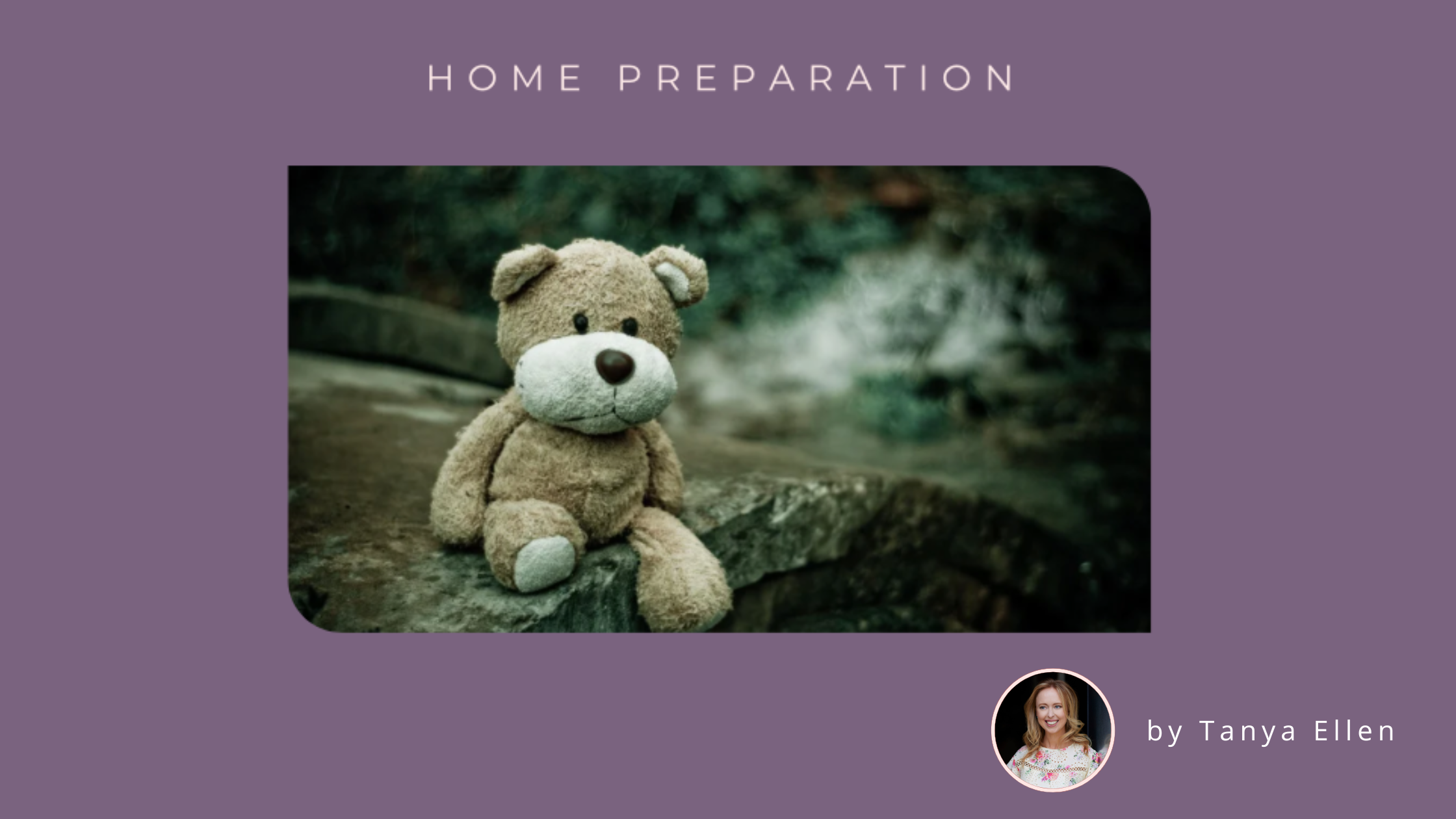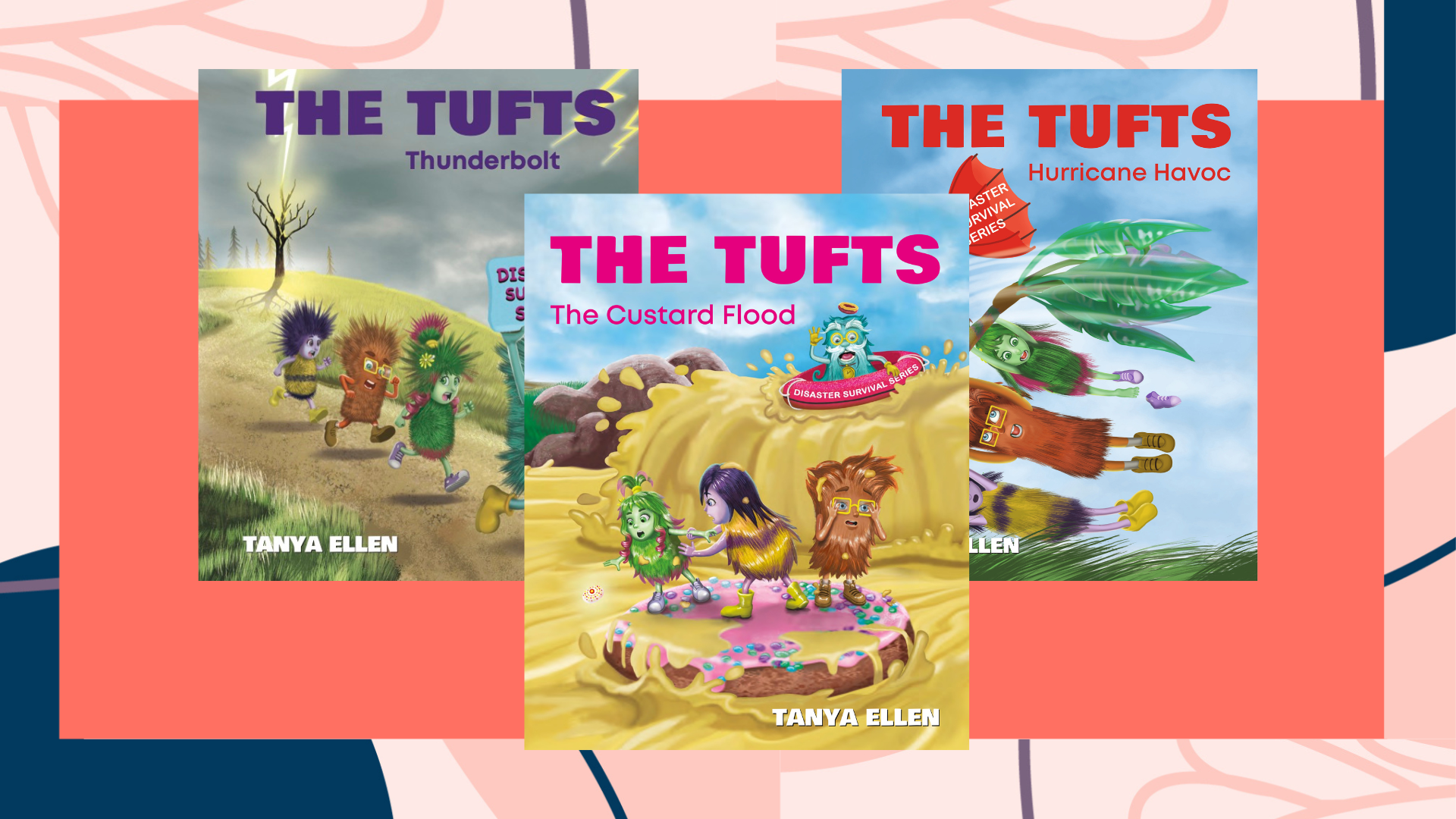
Understanding a Child’s Fears
Kids often worry about being away from their families during a disaster.
They might fear not knowing where to go or what to do. It’s normal for them to feel this way. When you talk to them, be gentle and listen to their worries. Let them know it’s okay to be scared.
Tell them that’s why you’re making a plan, so everyone knows how to find each other. Remind them that there are helpers, like firefighters and police, who will be there too. This can make them feel braver and less alone.
Preparation Steps
When getting kids ready for a possible separation during a disaster, here are some key steps:
Learn Important Contacts – Make sure your kids know important phone numbers, like a parent’s cell, a close relative, or a family friend, and the address of a Safe Place.
Safe Places – Teach them about safe places they can visit, like a neighbor’s house, a local community center, or a relative’s home.
Recognizing Helpers – Show them pictures of emergency personnel like firefighters, police officers, and paramedics. Tell them these are the people who can help in an emergency.
Use Technology – If they have a mobile phone or a smartwatch, ensure it has essential contact information saved. But remember you cannot rely on this if the battery has run out or if the network is down.
Discuss the Plan – Regularly discuss the plan so they remember what to do.
Know the School Plan – make sure you understand what your children’s school plan is if there is a natural disaster and they are at school – where is the meeting place, what will happen if you are unable to get there to meet them etc
These steps can help your kids feel more prepared and less worried about what to do if a disaster happens and you’re not together.
Creating a Reunification Plan
Create a reunification plan with your kids to ensure you can find each other after a disaster. Here’s how:
Pick Meeting Places – Choose a few spots where you can meet up. One could be right outside your home and another somewhere in your neighborhood, like a park or a friend’s house.
Plan for Different Situations – Have different plans for different times, like if the disaster happens when kids are at school or when parents are at work.
Make Sure Kids Understand – Explain the plan clearly to your kids. Use simple words and make sure they know where the meeting spots are.
Practice the Plan – Go to the meeting spots together so your kids know exactly where they are.
A good plan helps everyone feel more ready and less worried if you get separated.
Practice
Practicing your plan often is important.
Reviewing the plan and visiting meeting spots with your kids regularly helps them remember what to do. This practice makes them feel more sure of themselves and less scared if something happens.
It’s like a safety drill – the more you do it, the more prepared and calm they’ll be.
Final Thoughts
When you talk about disaster plans, being supportive and reassuring is key. This helps your kids feel safe and ready.
Knowing they can talk to you about anything makes a big difference.

